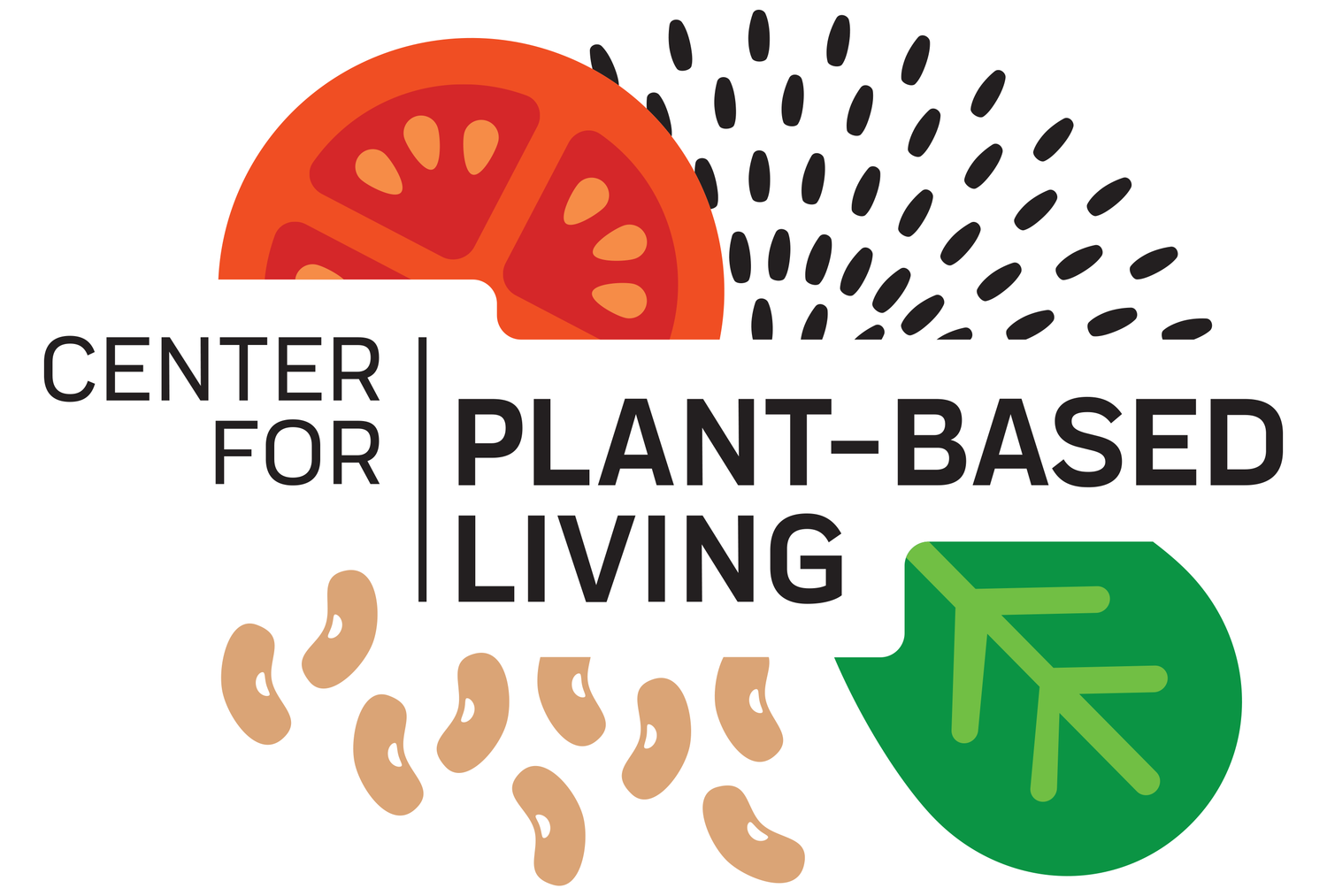SULFORAPHANE: HOW TO GAIN ITS BENEFITS BOTH RAW AND COOKED
Sulforaphane - a big name with big health benefits! In fact, it is one of the most potent food-derived anticarcinogens known at this time.
Studies on sulforaphane show that it can prevent and even reverse some of our most feared health outcomes are plentiful, and this is so exciting! There is still a lot to learn about sulforaphane, and it can be a tricky little science project, but if you spend a some time diving in, learning, and then practice adding this to your diet, wow; it can be a real game changer.
Here’s what researchers are finding:
Sulforaphane may prevent cancer cell growth by releasing antioxidant and detoxification enzymes that protect against carcinogens — substances that cause cancer. Cancers include: lung, breast (both estrogen receptor positive and negative), prostate, bladder
Sulforaphane may benefit heart health by reducing inflammation. Inflammation can lead to narrowing of your arteries — a major cause of heart disease
Sulforaphane can help people suffering from type 2 diabetes, as it is able to reduce blood sugar levels
Sulforaphane is said to help treat certain symptoms of autism, as it can help improve social interaction and verbal communication
Sulforaphane may protect against ultraviolet (UV) skin damage caused by the sun
Sulforaphane may help protect your brain against degenerative diseases and even brain injuries. It was even shown to help improve brain recovery from a mental decline caused by age or other diseases
and so much more
Sulforaphane, as the name suggests, is a sulfur-rich compound and is the inactive form of glucoraphanin (a member of the glucosinoalte plant family). To activate sulforaphane and gain its incredible health benefits, you must damage (cut, chop, or chew) the plant, as this is when glucoraphanin comes into contact with myrosinase, which is an enzyme that plays an active role when it comes to the defense system of plants.
Because broccoli is a cruciferous vegetable, many people make the mistake in thinking that all cruciferous have all the compounds needed to make sulforaphane, which is false. Few vegetables (cruciferous or otherwise), have the precursor needed (glucoraphanin) to activate sulforaphane.
You’ll find the highest amount of sulforaphane in broccoli, and even more (10 times more!!) in broccoli sprouts. To really bump up the sulforaphane content in those sprouts (nearly 4 times more), heating them for 10 minutes in no higher than 70-degrees Celsius (158-degrees Fahrenheit). For mature broccoli, you’ll heat no more than 60-degrees Celsius (140-degrees Fahrenheit). Myrosinase is sensitive to heat and anything more than this will kill the enzyme. No enzyme, no sulforaphane. More on heating here.
There is still a possibility that because myrosinase is heat sensitive, this might be too hot and it could inactivate the enzyme, thus, not allowing the activation of sulforaphane. Play around with it and here is a little more reading on this.
Here’s some information about the bioavailability of sulforaphane in raw broccoli.
This said, if you still want to cook your broccoli without damaging the needed enzyme, (I personally am not a fan of the raw florets), you can practice the “hack and hold” (thank you, Dr. Greger!) method. Here’s the short story - myrosinase is heat sensitive, and both glucoraphanin and sulforaphane are not. If you cut your broccoli and allow it to sit for 40 minutes, this give the myrosinase and glucoraphanin enough time to activate sulforaphane. As mentioned, sulforaphane is heat resistant, and once activated, you can then cook and the health benefits stay in tact.
But, what if you just picked up your broccoli from the grocery store, it’s late and you’ve got to get dinner on the table now? Luckily, there’s a work around! All cruciferous vegetables have the enzyme myrosinase, so adding this to previously cooked broccoli will aid in the reformation of sulforaphane. No cruciferous around? How about some mustard powder? Mustard greens are a cruciferous vegetable and also contain myrosinase - by adding a pinch of the powder to your cooked broccoli, sulforaphane is then reactivated. The day is saved! Here is some information on that. This is also a great source of information.
What about frozen brocc? 🥦
Great news! Add a little mustard powder or fresh cruciferous to the pot and the myrosinase will immediately kick start the production of sulforaphane and your delicious frozen broccoli now has the sulforaphane superhero powers.
“I love kitchen chemistry—it totally revolutionized my daily greens prep. One of the first things I used to do in the morning is chop my greens for the day, so when lunch and supper rolls around they’d be good to go. But now with the mustard powder plan, I don’t have to pre-chop.” - Greger
🥦🥦🥦
Here’s a recipe for Broccoli Sprout Pesto!
🥦🥦🥦
I hope you’ll make time to listen and watch this very much in-depth video from Dr. Rhonda Patrick on the full story (or as much as we know currently) about this truly incredible compound, sulforaphane.
🥦 Do you know about our STREAMING PLUS membership?
Our membership is built like a streaming service - you get a full library of plant-based cooking classes to watch whenever you want. PLUS, you gain access to upcoming interactive virtual cooking classes and a monthly accountability group call.
As a member you get:
Complete library of all past virtual classes - stream them whenever you’d like!
Free access to upcoming virtual classes
Library of easy and quick recipes: 100 and growing
Access to private Facebook group
Monthly accountability check-in and support group Zoom call with Caryn
Quarterly “Ask the Doc” call with Dr. Jim Loomis, our Medical Director
20% off all virtual multi-week programming
A community of support
To learn more, please visit us here.
